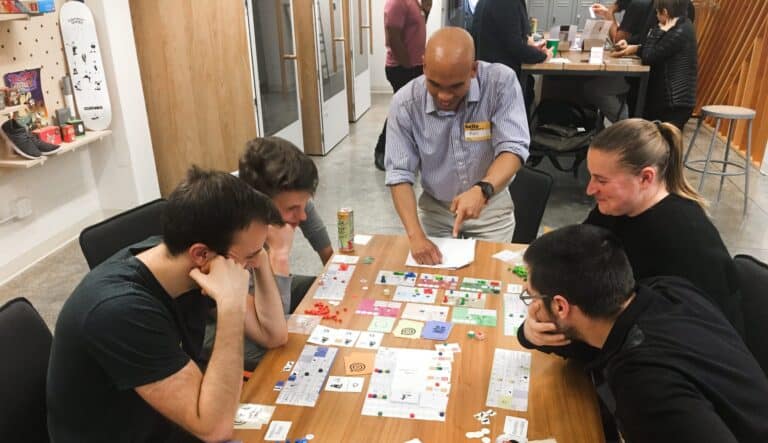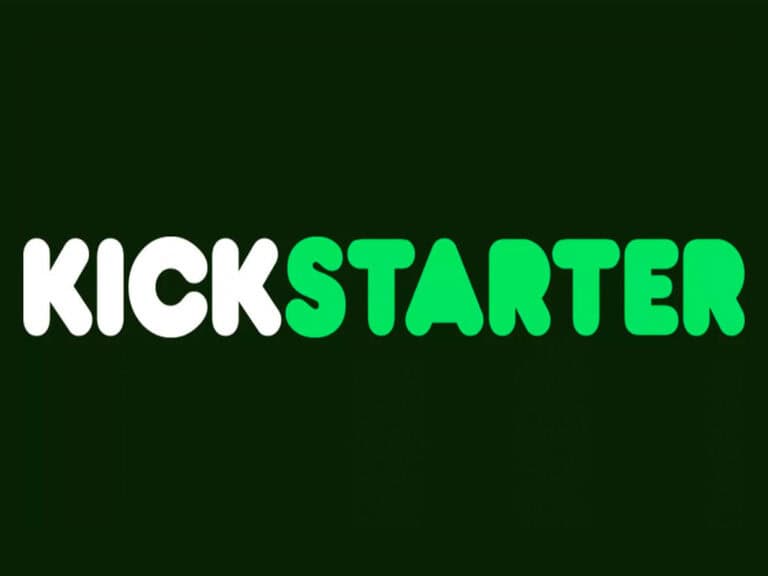Ace Your Kickstarter Campaign: Board Game Designers’ Guide to Success
The Power of Kickstarter in Board Game Design
Kickstarter has revolutionized the board game industry. It’s the go-to platform for independent designers to fund their creative endeavors and bring their games to the world. However, launching a successful Kickstarter campaign can be a tricky business. Let’s delve into some best practices and tips to ensure your board game campaign is a resounding success.
Step 1: Create a Compelling Story
People connect with stories, not products. Before you jump into the details of your game, tell a compelling story that hooks potential backers. Why did you create this game? What inspired you? What unique experiences will players have? Make your audience feel a part of your journey.
“Great companies are built on great products.” – Elon Musk
Step 2: Showcase Your Game
Presentation matters. Create a visually stunning Kickstarter page with high-quality images of your game. If possible, include a video demonstrating how to play. Allow potential backers to see the love and effort that has gone into designing every element of your game.
“Design is not just what it looks like and feels like. Design is how it works.” – Steve Jobs
Step 3: Be Transparent About Costs and Timeline
Honesty is the best policy. Clearly outline the costs involved and your timeline for production and delivery. This not only helps manage backer expectations but also builds trust.
“Trust is earned when actions meet words.” – Chris Butler
Step 4: Offer Attractive Rewards
People love feeling special. Offering exclusive rewards can significantly boost your campaign. This could be as simple as backers’ names in the rulebook or as extravagant as a limited edition version of the game.
“The key to success is to start before you’re ready.” – Marie Forleo
Step 5: Engage with Your Backers
Communication is key. Regular updates on your campaign’s progress, responding promptly to comments, and genuinely engaging with your backers can foster a sense of community around your game.
“The art of communication is the language of leadership.” – James Humes
Conclusion: Mastering Kickstarter Success
Designing a board game is an exciting journey, but funding and launching it can be a daunting task. By crafting a compelling story, showcasing your game effectively, being transparent about costs and timeline, offering attractive rewards, and engaging with your backers, you can ensure your Kickstarter campaign’s success. So, let’s roll the dice and see where your board game journey takes you!
Keywords: Kickstarter, board game, campaign, backers, rewards, funding, launch
FAQs
What is Kickstarter?
Answer: Kickstarter is a crowd-funding platform where creators can raise funds for their projects, and backers pledge money to support these projects in return for rewards.
How can I make my Kickstarter campaign more engaging?
Answer: By telling a compelling story, showcasing your game effectively, being transparent about costs and timeline, offering attractive rewards, and engaging with your backers, you can make your campaign more engaging.
What kind of rewards should I offer in my Kickstarter campaign?
Answer: Rewards could range from simple acknowledgments, like the backer’s name in the rulebook, to exclusive items, like a limited edition version of the game.
How can I build trust with my backers on Kickstarter?
Answer: Being transparent about the costs involved and your timeline for production and delivery can help build trust with your backers.
What role does communication play in a successful Kickstarter campaign?
Answer: Communication plays a crucial role in a successful Kickstarter campaign. Regular updates on your campaign’s progress, promptly responding to comments, and genuinely engaging with your backers can foster a sense of community around your game.
Anecdote: I remember when I launched my first Kickstarter campaign for a board game I designed. I was a bundle of nerves, checking the campaign every few minutes. I had put my heart and soul into this game, and the thought of it not getting funded was terrifying. Then, the first backer pledged. It was a small amount, but it was a start. That’s when I realized – this was not just about the money. It was about people believing in my idea, my game. That gave me the motivation to push through, engage with my backers, and make the campaign a success. And guess what? We surpassed our goal! This experience taught me that a successful Kickstarter campaign is a blend of preparation, communication, and a lot of passion.




